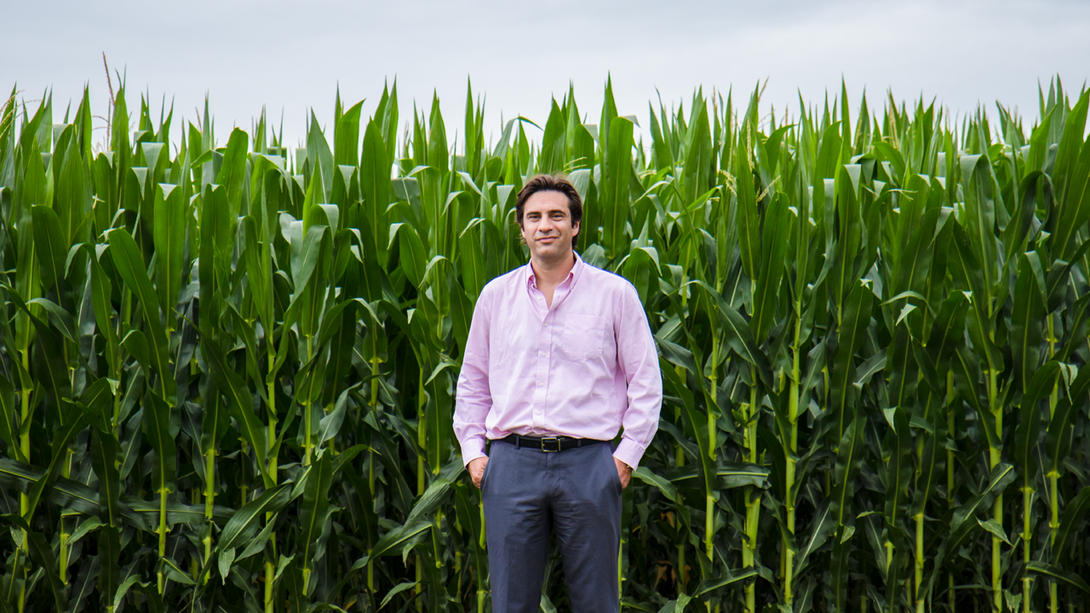
How do you feed a growing population while protecting the environment? Using global data, Nebraska agronomist Patricio Grassini is helping agricultural stakeholders find common ground.
The data is known as the Global Yield Gap and Water Productivity Atlas, an online platform that estimates water productivity, crop nutrient requirements and yield gaps — the difference between current and potential yields — for major crops in 70 countries.
Developed in collaboration with Wageningen University in the Netherlands, the international team aims to help stakeholders increase production on existing cropland.
“Currently, we are expanding cropland areas at a rate of 13 million hectares every year and destroying fragile ecosystems,” Grassini said. “We need to understand how much more food we can produce on existing cropland — and where. The places with the biggest yield gaps have the biggest opportunities.”
NUtech’s Jeewan Jyot has worked with the team to develop a licensing strategy for the platform’s data, which has been downloaded by more than 40,000 people worldwide. Companies pay to use the data for commercial purposes, but government users and nonprofits can access it for free.
Jyot and the team have also developed a corporate sponsorship model for the platform. Participating companies select a level of financial commitment, which enables them to access the platform and offer feedback on new features and future directions. The sponsorship program was implemented in February 2021 and is already helping the project become financially self-sustaining.
“Our goal was to reach a sponsorship level that allows us to update and expand the platform — and in the first year, we’ve already exceeded that goal,” Grassini said. “With this support, our team can think big and continue addressing important demands in agriculture.”







